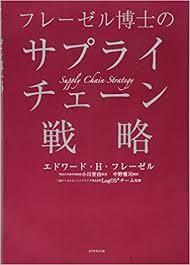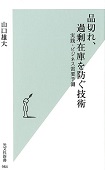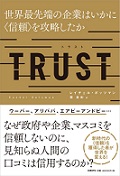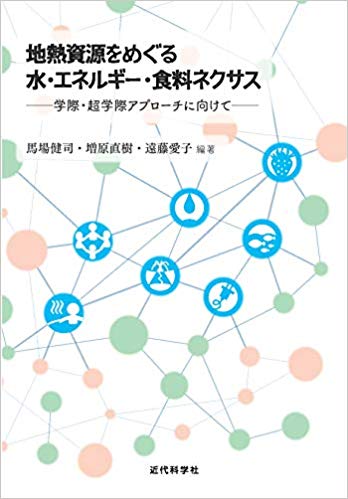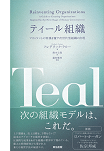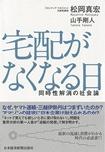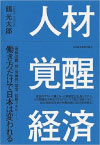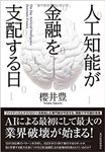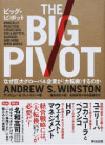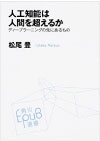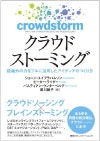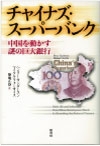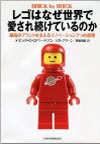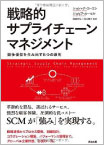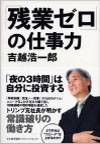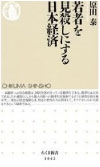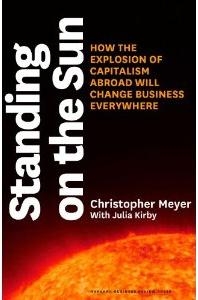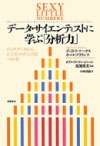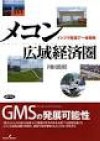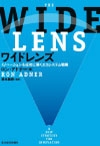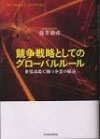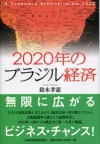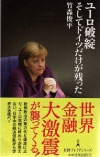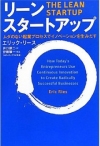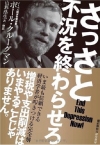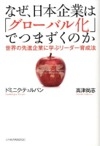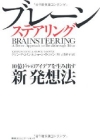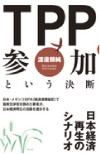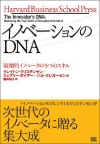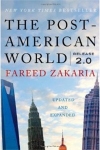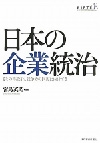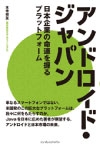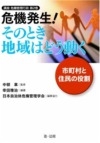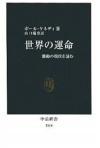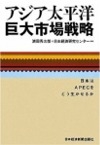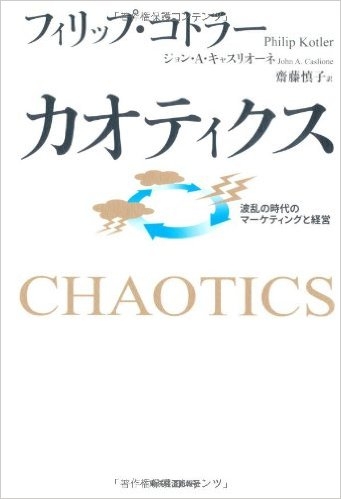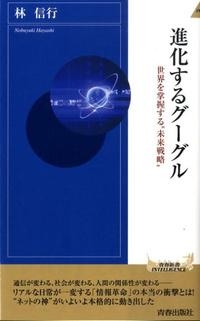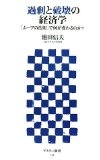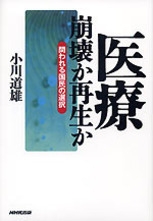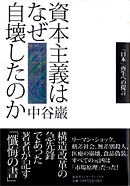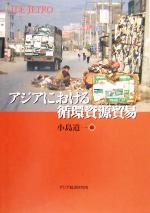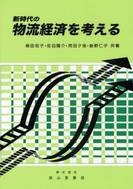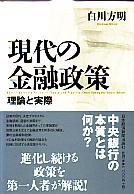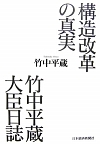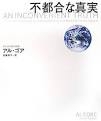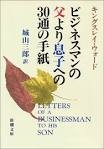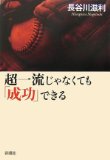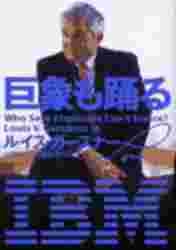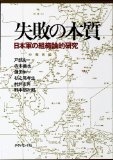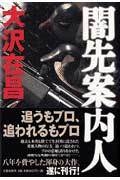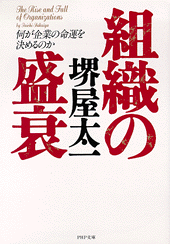研究員お勧めの書籍を独自の視点で紹介

2015年3月12日
将来の資源枯渇に向けて、人類はいかに改革を行うのか。本書は今後の世界人口の急拡大により資源枯渇が懸念される中、資源革命(Resource Revolution)の時代が到来することを示した上で、人類が実施すべき資源活用の最適化事例を具体的に紹介している。資源枯渇を大きなビジネスチャンスとして紹介する本書は、今後の事業環境を考える上で極めて優れた文献である。
This book is based on the fact that every revolution is a result of the sustainable way of dealing with respective crisis, incurred by the “Urbanization”. The middle class population has been growing steadily from 1.9 billion in 1960 to 4.8 billion in 2010 and is forecasted to grow further by more than 30%, reaching 6.4 billion in 2050 (70% of the world’s total population). (Fig.1)
Currently, more than half of the world’s population is concentrated in urban areas, expected to reach 66% (two-thirds) by 2050.
The burgeoning middle class and urbanizing population will place huge demand for key natural resources such as oil & gas, steel, land, water, cement, etc., leading to the “Natural Resource Crisis”.
The global natural resources, such as energy, minerals, and forests have depleted by 2.6 times in the last decade as a percentage of Gross National Income. The highest depletion is in the energy resources which include coal, crude oil and natural gas. The further depletion is in the mineral resources which include tin, gold, lead, zinc, iron, copper, nickel, silver, bauxite, and phosphate. It is visible that the world is exposed to a high energy crisis. (Fig. 2)
Fig. 1: Population by Income and Urbanization Rate (1960 - 2050)
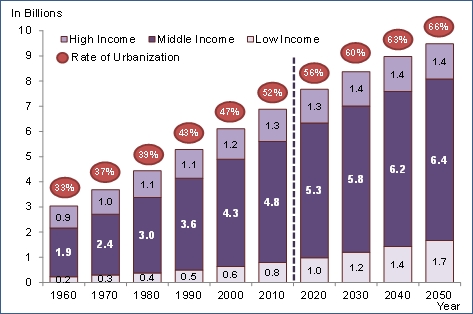
Source: World Bank Estimates and Projections
Fig. 2: Depletion of Natural Resources (as % of GNI*)
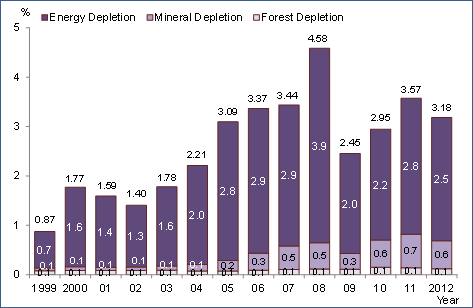
Note: GNI - Gross National Income
Source: World Bank Estimates and Projections
In the past two industrial revolutions, the urbanization sparked the need for technological innovations which resulted in labour and capital productivity respectively. In this book, the author argues that in 21st century, the increasing middle class population and urbanization has resulted in the depletion of natural resources. Hence, there is a need to make such technological innovations that brings natural resource productivity to counter this crisis. (Fig.3).The author says that the companies which will be able to capitalize emerging concepts to transform resource crisis into resource revolution will excel in the future.
Fig. 3: Urbanization sparks Innovation leading to Industrial Revolutions
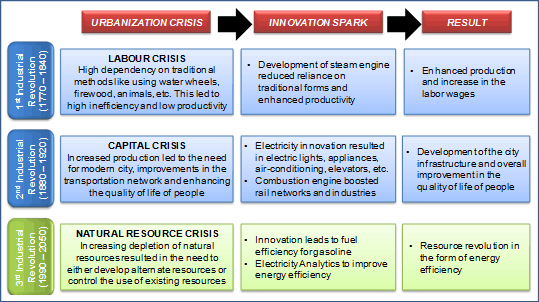
Source: HRI Analysis based on materials
he authors analysed that every revolution should be based on some strict principles and has further defined five principles of resource revolution. The author says that the resource revolution should satisfy any one or more of the five principles. The new resource should (1) be a good substitute of scarce resource, (2) eliminate waste across the value chain, (3) have features to recycle, reuse or upgrade, (4) optimize efficiency, (5) able to virtualize its effects. The author discussed the cases of three companies such as Tesla Motors, DIRTT, and Opower which have applied three or more of these five principles to capture the resource revolution opportunity (Fig.4). Tesla Motors is an American company that designs and sells electric cars and powertrain components, DIRTT is a construction company which creates customizable architectural interiors using virtual technology, and Opower Inc. is a Software-as-a-Service (SaaS) company that does analysis of electricity bills of the US households and motivates them to cut usage with the objective of promoting energy efficiency.
Fig. 4: Principles Applicable to Innovations under Resource Revolution
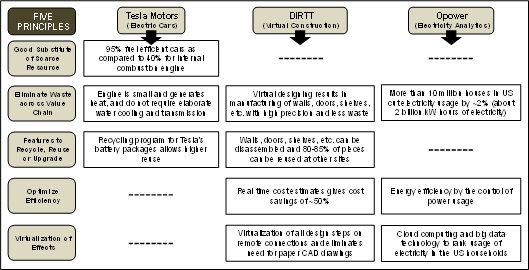
Source: HRI Analysis based on materials
画像を拡大する
The authors have justified the key premise of the book that the current situation of resource crisis has offered a business opportunity and the innovators who will be able to capture this opportunity will only survive and excel in the future. This book is an important read for the leaders involved in business innovation and are implementing strategies in the changing economic scenario of resource crisis.
